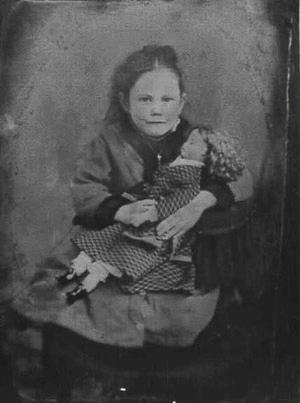 |
|
HAND COLOURING VICTORIAN PHOTOGRAPHS
The desire to add color to a print with paints and dyes dates back to the middle of the nineteenth century. In the Victorian era, the only way to get a colour print was to hand colour it. Paints or dyes were applied by an artist’s brush to an often-enlarged print.
This fashion peaked in the 1880s and 1890s and flourished mainly in studios. At the time, female amateur and professional photographers dominated the market of hand colouring.
During the mid 1800s the photograph became the portrait of choice. Most hand coloured photographs were portraits but landscape and genre pictures also received attention. The hand colored photograph became the portrait of choice for important occasions as it bore a close resemblance to a traditional painting and cost considerably less.
The public preferred photographs "twopence coloured’ to "penny plain". Miniature painters finding themselves out of work, through the popularity of the daguerreotype, soon fulfilled the demand by tinting daguerreotypes and occasionally painting over paper photographs.
Hand colouring of photographs by the mid century was also the result of the hunger for bold, bright effects both in fabrics and in paper products. Colour was available in the marketplace since the late 1830s when new ways of printing and dying were devised. Hand colouring had become a craze in the early years of the Victorian Era.
|
|